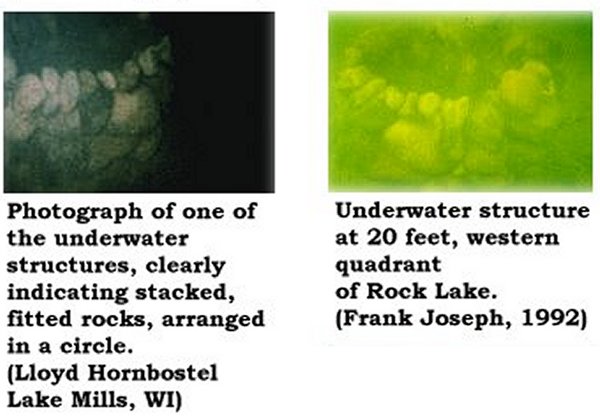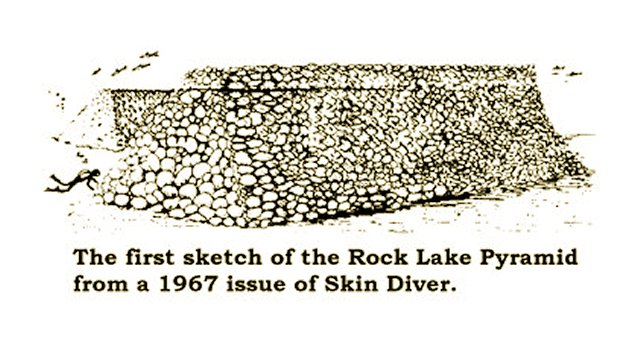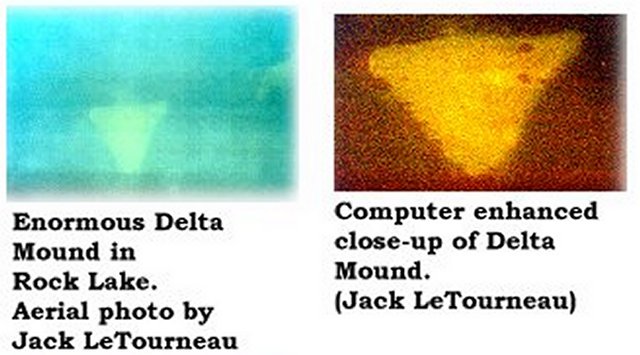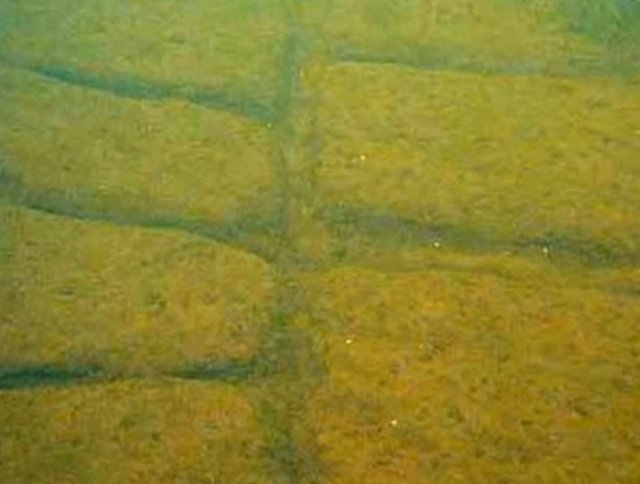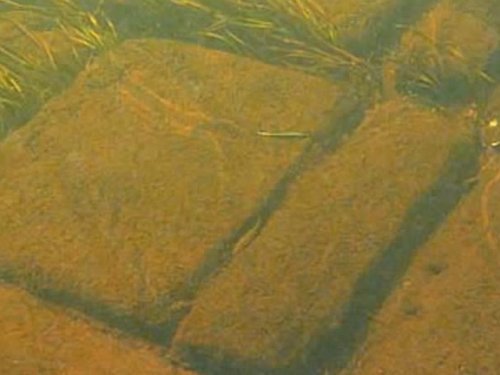Remarkable Man-Made Underwater Structures Could Rewrite History Of Wisconsin
Ellen Lloyd - AncientPages.com - All across the world, there are many underwater structures that still remain unexplored. Beneath the waters of our oceans and lakes lie sunken buildings, roads, entire cities, pyramids, and artifacts belonging to long-lost and forgotten civilizations.
Why have these submerged ruins not been properly investigated?
There are remarkable artificial underwater structures beneath the waters of Rock Lake, Wisconsin, but unfortunately, for many years, these prehistoric ruins have been ignored by researchers.
Although the lake is at least 10,000 years old, no scientist wanted to seriously consider the possibility that 3,500 years-old ruins could actually exist at the bottom of the lake. Yet, something is definitely resting there.
Over the years, due to climate changes, it was occasionally possible to catch a brief glimpse of the lake's bottom. The first known discovery occurred in the early 1900s when Claude and Lee Wilson announced that their oar struck the apex of a pyramid about six feet below the lake's surface.
Several attempts were made to locate the unknown structure, but they all failed. Newspapers ignored the discovery, and the Milwaukee Herald even called it mass hysteria.
About 35 years later, a couple of divers detected other underwater structures beneath the surface of Rock Lake. Charles E. Brown, director of the Wisconsin Historical Museum, and Earnst F. Bean, a geology professor, became interested in this discovery.
The divers were asked to investigate the underwater ruins, but their results could not offer anything that would shed more light on the mysterious submerged structures.
People who participated in the investigation of Rock Lake were ridiculed.
It was said they were chasing a fantasy, and the entire project was a waste of tax money.
Alex Max Gene Nohl, an engineer and diver from Massachusetts, did not give up his search.
In 1937, while diving, he successfully located a triangular-shaped structure. It was a pyramid! His discovery was confirmed some years later when two pilots reported observing a huge triangular-shaped object beneath the surface of Rock Lake.
The public was now eager to learn more about this fascinating discovery, but there was one problem. No archaeologist showed any interest or willingness to investigate Wisconsin's underwater pyramid.
Scientists were confronted with what could be the most significant and controversial North American archaeological discovery of the twentieth century, and yet no, archaeologist was interested in the subject!
For many years, scientists chose not to write or discuss the Rock Lake pyramid. Finally, in 1962, "The Wisconsin Archaeologist" printed an article conveying the opinion of the academic world. Readers were informed that it was highly unlikely a man-made pyramid could actually be found at the bottom of Rock Lake. Experts estimated the lake to be at least 10,000 years old, and that fact alone clearly spoke against the underwater pyramid.
It was obvious archaeologists rejected the theory because this kind of this discovery would force scientists to rewrite the history of Wisconsin.
About five years later, diver Jack Kennedy found the underwater pyramid and brought to the surface several stone artifacts. In his excitement, unfortunately, he forgot to mark the pyramid's location and could not find it again. Lon Merrick, diver director at the Milwaukee Museum, quickly used this opportunity to trivialize the Rock Lake case. He claimed the so-called underwater pyramid was nothing but large pieces of ice.
In 1970, "Skin Divers", a professional magazine dedicated to diving, published a more objective article, giving the underwater pyramid some credibility. The Skin Divers informed its readers it was difficult to believe in the existence of the Rock Lake's underwater pyramid, mainly because of the structure's age.
If this structure was truly man-made, then it must be very old. Who could have built it? Logically it should not exist, but history is hardly ever logical. It would seem that the underwater pyramid posed a real challenge to all logically thinking American historians.
About 13 years later, Robert Boyd, a diving instructor, arranged a larger underwater expedition with his friend, Robert Bass. They confirmed the existence of stone structures resting at the bottom of the lake.
In 1987, Frank Joseph, an American author, became interested in the underwater pyramid. He completed a side-scan sonar study of the lake floor with other scientists. The scientists managed to observe a number of unusual-shaped structures along a submerged beach. Side-scan sonar reading clearly indicated several artificial structures beneath the surface of Rock Lake.
Credit: Skin Divers
Frank Joseph says beneath the waters of Rock Lake lie at least ten structures! Two of them have been mapped and photographed by skin divers and sonar. One of these structures, which has been named the Limnatis Pyramid, has a base width of 60 feet, a length of about 100 feet, and a height of 18 feet. It is a truncated pyramid.
After ending a series of descents, Frank Joseph confirmed the existence of Rock Lake's man-made underwater structure.
Credit: Skin Divers
"We definitely found two structures about in the middle of the lake in 55 feet of water. I would have been satisfied with only one, but finding two is terrific," Joseph said.
"I'd say the first one is about eight feet high, 12 to 15 feet wide, and more than 100 feet long. The second is 10 to 20 feet south of the first and about the same width, with a steeper slant to the sides, and is shorter in length. They look to be the same height and exactly north and south on a compass alignment," Joseph's diving companion, John Shulak, who has been exploring Rock Lake for several years, added.
One is exactly like 'the loaf-of-bread pyramid' Kennedy described," said Shulak, referring to a 1970 account in Skin Diver magazine of a 1967 scuba dive by John Kennedy, a botanist from Lombard, Ill. "The area of rocks looks like a tent-shaped pyramid collapsed."
Careful planning and ideal conditions are credited with the expedition's success and the documentation.
"Visibility was the best ever, maybe because there was little runoff into the lake during last year's dry summer. I could see at least 10 to 15 feet," Shulak said. Frank Joseph theorizes that the lake, in much earlier, drier times, could have been a "city of the dead."
Sauk Native Americans speak in their legends of a sacred site close to a lake. However, the Sauk did not construct the underwater structures. This was done by ancient peoples who were driven away when the lake flooded.
These mysterious man-made underwater structures gain even more credibility if we consider the fact that the Indian site of Aztalan is located only three miles away from Rock Lake.
At Aztalan, there are also truncated pyramids…. Were the man-made pyramids beneath the waters of Rock Lake built by the same ancient culture?
Updated on February 4, 2022
Written by Ellen Lloyd – AncientPages.com
Copyright © AncientPages.com All rights reserved. This material may not be published, broadcast, rewritten or redistributed in whole or part without the express written permission of AncientPages.com and Ellen Lloyd
More From Ancient Pages
-
 Amazing ‘Sigiriya’- ‘Lion Rock’ Fortress In Sri Lanka With Frescoes, Mirror Wall And Miniature Gardens
Civilizations | Jan 4, 2019
Amazing ‘Sigiriya’- ‘Lion Rock’ Fortress In Sri Lanka With Frescoes, Mirror Wall And Miniature Gardens
Civilizations | Jan 4, 2019 -
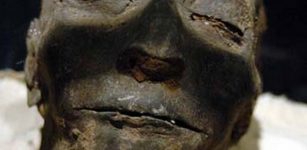 Nebiri, a ‘Chief of Stables’ – oldest case of heart disease in 3,500-year-old mummy
News | Aug 28, 2015
Nebiri, a ‘Chief of Stables’ – oldest case of heart disease in 3,500-year-old mummy
News | Aug 28, 2015 -
 On This Day In History: Treaty of York Was Signed – On Sep 25, 1237
News | Sep 25, 2016
On This Day In History: Treaty of York Was Signed – On Sep 25, 1237
News | Sep 25, 2016 -
 Secret High-Tech Knowledge Hidden In Ancient Manuscripts And The Mysterious Seven Sky Kings
News | Aug 24, 2021
Secret High-Tech Knowledge Hidden In Ancient Manuscripts And The Mysterious Seven Sky Kings
News | Aug 24, 2021 -
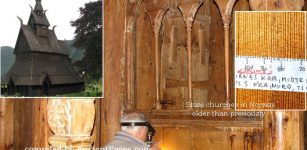 Medieval Wooden Stave Churches In Norway Are Older Than Previously Believed
Archaeology | Nov 8, 2019
Medieval Wooden Stave Churches In Norway Are Older Than Previously Believed
Archaeology | Nov 8, 2019 -
 2,000-Year-Old Celtic Dice Discovered In Poland
Archaeology | Oct 11, 2023
2,000-Year-Old Celtic Dice Discovered In Poland
Archaeology | Oct 11, 2023 -
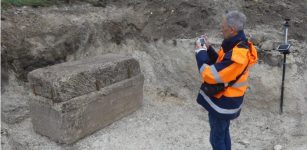 Intact 1,800-Year-Old Roman Sarcophagus With Unexpected Treasures Found In France
Archaeology | Sep 26, 2023
Intact 1,800-Year-Old Roman Sarcophagus With Unexpected Treasures Found In France
Archaeology | Sep 26, 2023 -
 Pilot Mountain Is Home To A Mysterious Underground Civilization – Cherokee Legend Tells
Featured Stories | Apr 30, 2021
Pilot Mountain Is Home To A Mysterious Underground Civilization – Cherokee Legend Tells
Featured Stories | Apr 30, 2021 -
 Two 1,800-Year-Old Sarcophagi Of Wealthy People Accidentally Found At Ramat Gan Safari Park
Archaeology | Feb 22, 2021
Two 1,800-Year-Old Sarcophagi Of Wealthy People Accidentally Found At Ramat Gan Safari Park
Archaeology | Feb 22, 2021 -
 Link Between Changes In Evolution And Climate Discovered
Archaeology | Oct 4, 2022
Link Between Changes In Evolution And Climate Discovered
Archaeology | Oct 4, 2022 -
 Ancient Mysteries Of Arizona – Traces Of A Vanished Race And Secrets Of An Underground World
Civilizations | Mar 12, 2019
Ancient Mysteries Of Arizona – Traces Of A Vanished Race And Secrets Of An Underground World
Civilizations | Mar 12, 2019 -
 Face Of Neanderthal Who Lived 56,000 Years Ago Reconstructed
Archaeology | Nov 10, 2023
Face Of Neanderthal Who Lived 56,000 Years Ago Reconstructed
Archaeology | Nov 10, 2023 -
 Why Is The Mysterious Menga Dolmen One Of The Greatest Neolithic Engineering Achievements?
Archaeology | Dec 6, 2023
Why Is The Mysterious Menga Dolmen One Of The Greatest Neolithic Engineering Achievements?
Archaeology | Dec 6, 2023 -
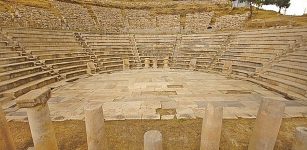 Cult Of Zeus Discovered In The Ancient City Of Metropolis
Archaeology | Dec 21, 2015
Cult Of Zeus Discovered In The Ancient City Of Metropolis
Archaeology | Dec 21, 2015 -
 Laocoon – A Trojan Priest Who Offended The Gods And Was Strangled By Sea Serpents
Featured Stories | Nov 15, 2021
Laocoon – A Trojan Priest Who Offended The Gods And Was Strangled By Sea Serpents
Featured Stories | Nov 15, 2021 -
 Zawgyi – Demi-God And Alchemist With Miraculous Powers In Burmese Mythology And Folklore
Featured Stories | Aug 17, 2021
Zawgyi – Demi-God And Alchemist With Miraculous Powers In Burmese Mythology And Folklore
Featured Stories | Aug 17, 2021 -
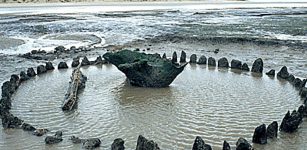 Remarkable 4,000-Year-Old Seahenge In Norfolk – What Was The Purpose Of The Bronze Age Monument?
Featured Stories | Jul 4, 2022
Remarkable 4,000-Year-Old Seahenge In Norfolk – What Was The Purpose Of The Bronze Age Monument?
Featured Stories | Jul 4, 2022 -
 Swiss Farmer Discovered Roman Coins Among Cherry Trees
Archaeology | Nov 22, 2015
Swiss Farmer Discovered Roman Coins Among Cherry Trees
Archaeology | Nov 22, 2015 -
 Vikings: Facts And History About The Tough Norse Seafaring People
Ancient History Facts | Mar 13, 2017
Vikings: Facts And History About The Tough Norse Seafaring People
Ancient History Facts | Mar 13, 2017 -
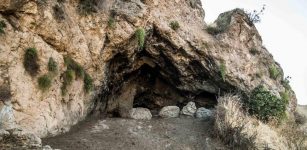 Artifacts And Remnants Of 3,000-Year-Old City Unearthed Near Great Zab River In Iraqi Kurdistan
Archaeology | Jun 5, 2017
Artifacts And Remnants Of 3,000-Year-Old City Unearthed Near Great Zab River In Iraqi Kurdistan
Archaeology | Jun 5, 2017

